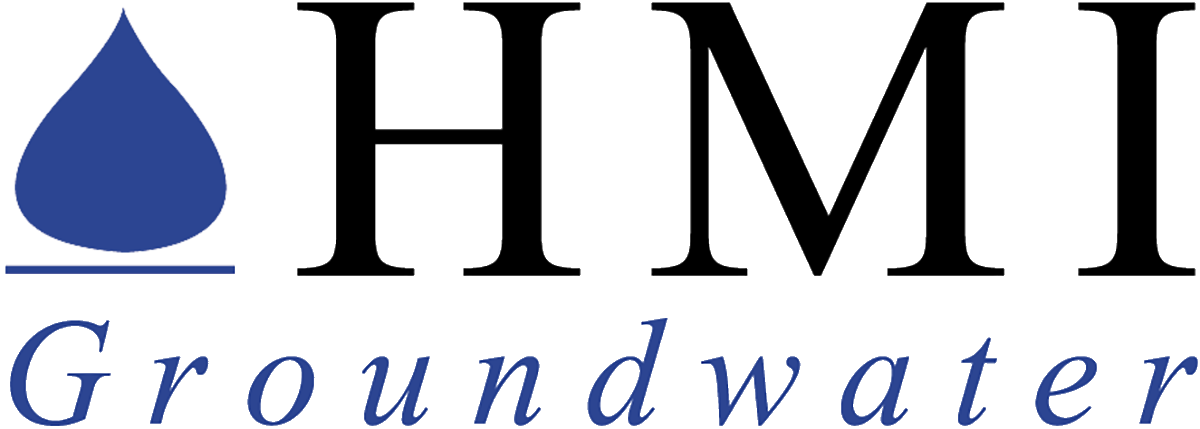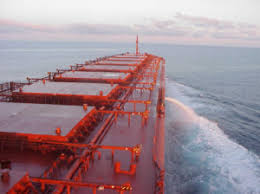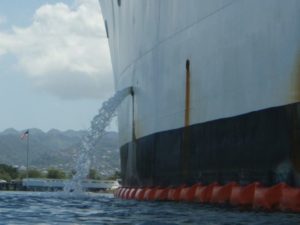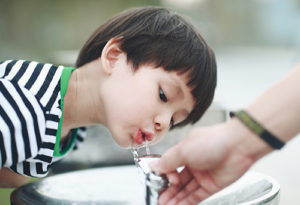The U. S. Environmental Protection Agency (EPA) sets standards and regulations for many different contaminants in public drinking water, including disease-causing germs and chemicals. Read the information below to learn more about EPA’s drinking water regulations.
The Safe Drinking Water Act
The Safe Drinking Water Actexternal icon (SDWA) was passed by Congress in 1974, with amendments added in 1986 and 1996, to protect our drinking water. Under the SDWA, EPA sets the standards for drinking water quality and monitors states, local authorities, and water suppliers who enforce those standards. As part of the SDWA, EPA has set maximum contaminant levels, as well as treatment requirements for over 90 different contaminantsexternal icon in public drinking water.









